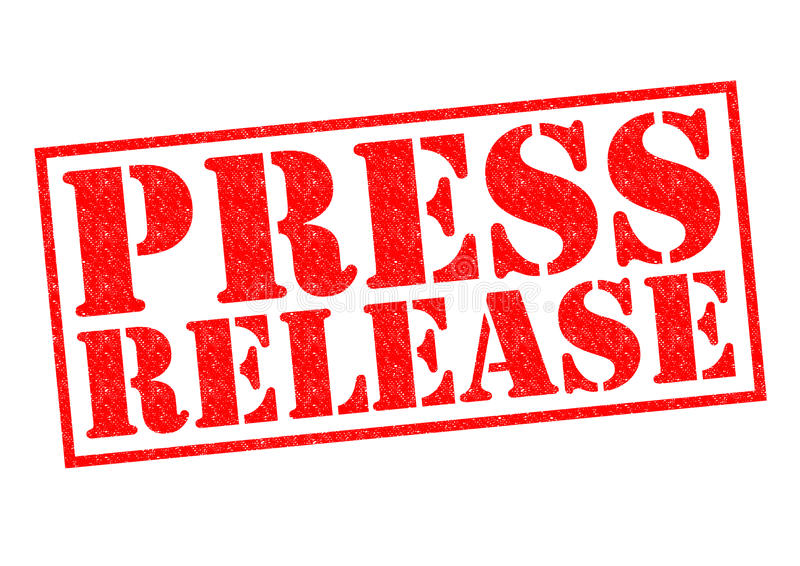BudgIT Ghana PIAC Press Statement
FOR IMMEDIATE RELEASE
BUDGIT GHANA LAUNCH OF POLICY BRIEF ON PUBLIC INTREST AND ACCOUNTABILITY COMMITTEE (PIAC)
BudgIT Ghana is a foremost civic organisation that applies technology to ensure transparency and accountability whiles intersecting citizen engagement with institutional improvement to facilitate societal change. In partnership with the Ford Foundation, BudgIT Ghana embarked on research into the extractive sector in Ghana and thus published the Public Interest and Accountability Committee (PIAC) policy brief.
The formulation of the Petroleum Revenue Management Act (PRMA) 2011 (Act 815), which seeks to guide the spending of petroleum revenues birthed the Public Interest and Accountability Committee. The bill was passed in March 2011, but due to challenges with implementation, it experienced some amendments in June 2015 to provide a better framework for the management of petroleum revenues.
As amended within the Petroleum Revenue Management Act (PRMA), 2011 (Act 815), PIAC is mandated with three main objectives, which are:
-
to monitor and evaluate compliance with the Act by government and relevant institutions in the management and use of petroleum revenues and investments;
-
provide space and platform for the public to debate on whether spending prospects and management and use of revenues conform to development priorities as provided under Section 21(3);
-
provide an independent assessment of the management and use of petroleum revenues to assist Parliament and the Executive in the oversight and the performance of related functions.
PIAC Allocation
Since 2019 Government of Ghana’s allocation to PIAC is GHS 2,978,028, down from the 2018 allocation of GHS 5,000,000. This represents a 40.4% reduction in 2019. Given that only 1,000,000 of the 2018 allocation was disbursed by the end of the third quarter, better particulars of the PIAC allocation should be made available to enhance the transparency of allocation and disbursement to PIAC.
Besides the inadequate allocation from GoG to health sector capital expenditure, funding from the Annual Budget Funding Amount (ABFA) is also not adequate compared to allocations from the ABFA to similar priorities like education. For some context, about GHC 2, 768,030,000 was utilised for four ABFA priority areas in 2020. Of this amount, 25% was reported in the 2021 national budget as spent on Education and Health Service Delivery, about 70% on Roads, Rail, and other Critical Infrastructure (sic), 3% on agriculture and 1% on Industrial Development (ARHR, 2021).
The merger of health and education makes it difficult to unravel at a first look how much specifically went to the two sectors separately; however, it is well known that the Free SHS programme government utilises a chunk of the funds. For instance, GHS 763,180,024 of ABFA funds was allocated to goods and services for education and GHS 13,000,000 for capital expenditure in 2021, making a total of GHS 776,180,024 from ABFA to education. Meanwhile, the total allocation from ABFA to health in the same year was GHS 32,425,000. This is unfair to the health sector and needs to be corrected as soon as possible, given the limited health infrastructure available in districts and communities and current and emerging public health risks (Alliance for Reproductive Health Rights [ARHR], 2021).
